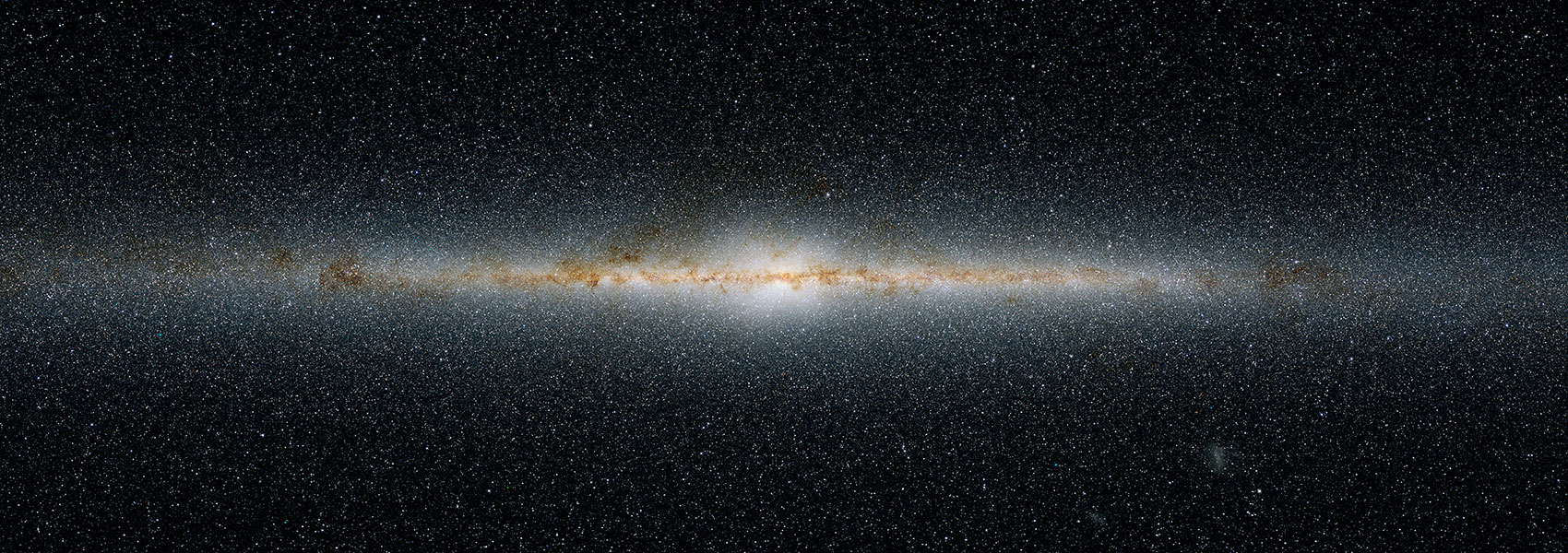October
2021
•
2021Natur.598..272B
Authors
•
Blackman, J. W.
•
Beaulieu, J. P.
•
Bennett, D. P.
•
Danielski, C.
•
Alard, C.
•
Cole, A. A.
•
Vandorou, A.
•
Ranc, C.
•
Terry, S. K.
•
Bhattacharya, A.
•
Bond, I.
•
Bachelet, E.
•
Veras, D.
•
Koshimoto, N.
•
Batista, V.
•
Marquette, J. B.
Abstract
•
Studies1,2 have shown that the remnants of destroyed planets and debris-disk planetesimals can survive the volatile evolution of their host stars into white dwarfs3,4, but few intact planetary bodies around white dwarfs have been detected5-8. Simulations predict9-11 that planets in Jupiter-like orbits around stars of ≲8 M⊙ (solar mass) avoid being destroyed by the strong tidal forces of their stellar host, but as yet, there has been no observational confirmation of such a survivor. Here we report the non-detection of a main-sequence lens star in the microlensing event MOA-2010-BLG-477Lb12 using near-infrared observations from the Keck Observatory. We determine that this system contains a 0.53 ± 0.11 M⊙ white-dwarf host orbited by a 1.4 ± 0.3 Jupiter-mass planet with a separation on the plane of the sky of 2.8 ± 0.5 astronomical units, which implies a semi-major axis larger than this. This system is evidence that planets around white dwarfs can survive the giant and asymptotic giant phases of their host's evolution, and supports the prediction that more than half of white dwarfs have Jovian planetary companions13. Located at approximately 2.0 kiloparsecs towards the centre of our Galaxy, it is likely to represent an analogue to the end stages of the Sun and Jupiter in our own Solar System.
Links




